AUGUSTA — More than five decades after it was built to house 160 female psychiatric patients and after sitting largely vacant since its interior was gutted in 2000, the Marquardt Building on the state’s east side campus has a new life as offices for 220 state workers in three departments.
The $4.3 million project to renovate the building is part of a larger state plan to reuse some of the state-owned buildings on the former grounds of Augusta Mental Health Institute.
“The future of this campus, and the approach the state is interested in taking, is making this entire campus a modern, vital, active site for state employees to conduct their work, part of the long-term vision,” said Department of Administrative and Financial Services Commissioner Richard Rosen at Monday’s building dedication.
But the state’s vision for increased use of vacant or underused state-owned buildings on the east side campus is also a plan that has city officials and owners of some prominent local buildings now leased to the state worried about the loss of lease and property tax revenue.
The city of Augusta commissioned a study of the costs of the state owning versus leasing space. City officials anticipate the study will show it isn’t just better for Augusta that the state continue leasing office space locally instead of moving into state-owned space, but it’s also better for the state and city budgets.
City Manager William Bridgeo said the study by Augusta consultant Lock Kiemaier updated a previous one done a few years ago for Kevin Mattson, partner in the Central Maine Commerce Center in Augusta.
The updated study indicates the state’s cost at the Cross State Office Building is $9.60 per square foot when all costs are considered compared with $8.05 per square foot at the privately owned Central Maine Commerce Center.
City officials said the state’s long-range facilities plan to move some workers from leased space in Augusta to state-owned buildings could hurt the city of Augusta because the owners of buildings where the state leases space now pay property taxes, but the state is exempt and thus does not pay the city property taxes on property it owns.
If those privately owned commercial buildings now leased by the state in Augusta were to become vacant, their taxable value would drop. Bridgeo has said the plan could cost the city more than $1 million a year in lost property tax revenue.
Local buildings that could eventually be vacated by the state when leases expire include Key Plaza at 286 Water St., the Central Maine Commerce Center off Civic Center Drive, and multiple buildings occupied by the Department of Health and Human Services on Anthony Avenue in north Augusta.
Rosen has said the state’s long-term plan to move more state workers into state-owned buildings on the east side campus and potentially a proposed new consolidated DHHS building could save $46.5 million over 35 years compared with the cost of leasing the space where state workers are now, according to a state analysis.
The long-term plan would use $112 million from a state bond included as part of Gov. Paul LePage’s proposed state budget to fund renovations for state workers. The proposed budget is currently under consideration by the state Legislature.
Sen. Roger Katz, R-Augusta, a member of the Legislature’s Appropriations Committee, said a proposed budget change package under consideration by the committee this week would make changes to the state bonding proposal. While declining to reveal specifics, he said the issue could be resolved later this week.
“I’m optimistic it’s going to be resolved in a way that is acceptable to the city of Augusta,” Katz said. “Hopefully we’ll get this done.”
Katz noted, however, that even if the proposed change to that part of the budget is approved by the committee, it would still have to be approved by the entire Legislature as part of the overall budget.
REUSED AND PRESERVED
The $4.3 million in renovations at the Marquardt Building was funded in 2013. Construction started last June and it was substantially complete in February.
About 220 workers from the Department of Marine Resources, Natural Resource Service Center, and Bureau of Motor Vehicles moved in this April.
State officials said renovating the building, which Edward Dahl, director of the state Bureau of General Services, said was largely vacant since 2000, cost about one-third what it would cost to build a new building.
Rosen and Dahl also noted modular cubicle walls and desks were taken from the Department of Health and Human Services’ former office building on Marginal Way in Portland for use in the building, saving about $500,000 compared with the cost of buying new ones.
Earle Shettleworth Jr., state historian, said the renovation allows the building to be reused and preserved.
“As with earlier rehabilitations of the Elkins, Tyson, Harlow and Ray buildings, the Marquardt Building can be seen as part of a state and national trend to creatively reuse commercial, industrial, educational and institutional facilities,” Shettleworth said. “This represents a winning combination of practicality, fiscal responsibility, sustainability and historic preservation.”
The building was completed in 1959. The Augusta firm Bunker and Savage were the architects.
The brick and concrete building was named for then assistant superintendent Matthias Marquardt, who had worked at the state hospital since 1928.
“To the staff of the Natural Resource Service Center and Department of Marine Resources, I say welcome home, and I hope you take as much pride in occupying this building as the Bureau of General Services feels having completed this project,” Rosen said. “In the name of Dr. Marquardt, we rededicate this building, and ourselves, to uphold his sense of service to his fellow Mainers.”
‘A TREMENDOUS SPACE’
The Natural Resource Service Center, which is on the second floor, is a division of the Department of Administrative and Financial Services, which handles accounting, human resources and payroll for the state departments of Agriculture, Conservation and Forestry, Environmental Protection, Inland Fisheries and Wildlife, and Marine Resources.
The approximately 115 Bureau of Motor Vehicles employees there, who are on the third floor, will only be in the building temporarily.
A new roof is being put on that bureau’s headquarters across Hospital Street so workers who normally work on the top floor of that building were moved out of the building and into Marquardt to make way for the construction. They are expected to move back when the roof is done, likely in August.
Secretary of State Matthew Dunlap joked that Bureau of Motor Vehicles workers like their renovated space in the building so much they may not want to move back out when work on their roof is done.
Dahl said moving the Bureau of Motor Vehicle workers into the building saved the state about $250,000 compared with the cost of leasing temporary space. He said once those workers move out, workers from other state departments whose buildings may undergo renovations could also be moved in to use the space.
Patrick Keliher, commissioner of the Department of Marine Resources, said the new space replaces the department’s dated former home at the Stevens School complex in Hallowell, a facility which, he said, has outlived its usefulness.
“It’s tremendous space, comfortable space to work in,” said Keliher, whose office has sweeping views across the Kennebec River of the State House and Howard Hill. “For the last 10 years, we kept hearing every year ‘you’re going to move next year.’ It finally came true and we’re incredibly pleased with the project.”
The renovations for Marine Resources included the creation of lab space, where workers can test fish and other aquatic life, interview rooms for the Maine Marine Patrol and a licensing office on the north end of the building with its own public entrance.
David Nazaroff, president of Rockport-based The Penobscot Company, the general contractor for the job, said 39 different companies employed 264 workers on the project.
He said an industry formula used to calculate the impact of construction projects indicates the project “supported” a total of 792 jobs, if both direct and indirect jobs, such as those working for construction materials suppliers, are included.
“It’s simple. When the building industry is working, Maine is moving,” Nazaroff said.
Keith Edwards — 621-5647
kedwards@centralmaine.com
Twitter: @kedwardskj
Copy the Story LinkSend questions/comments to the editors.


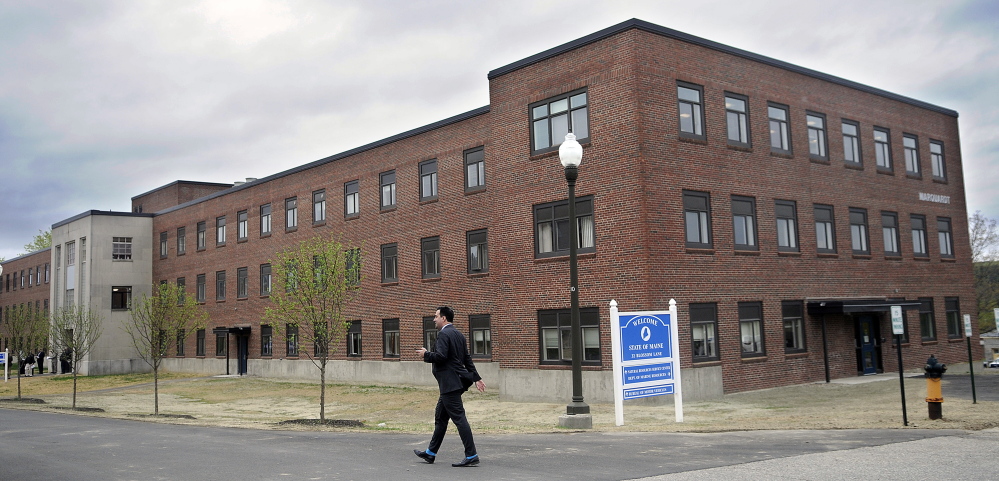
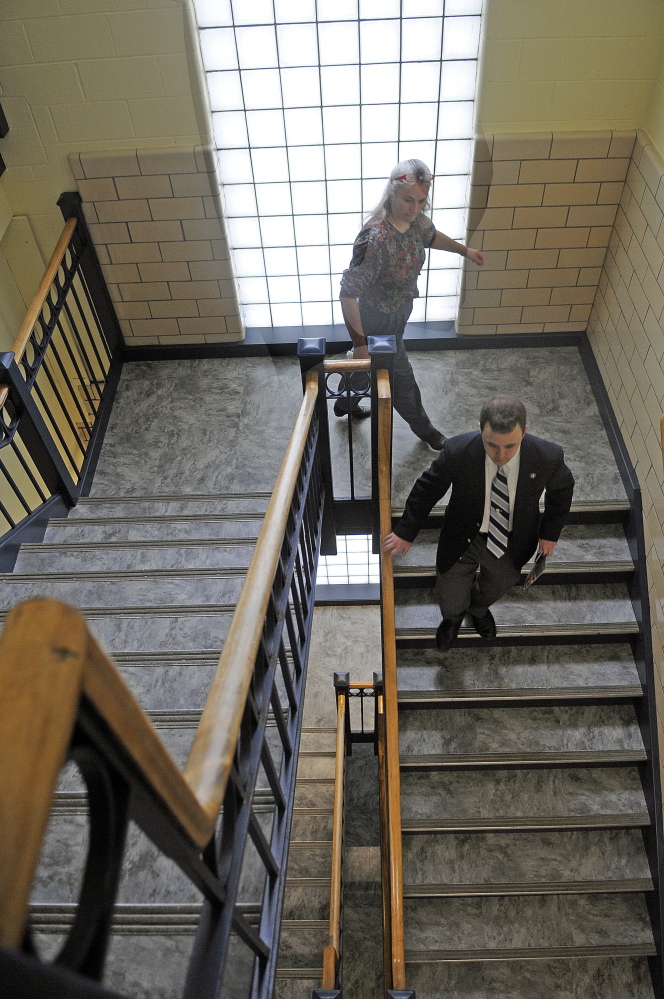
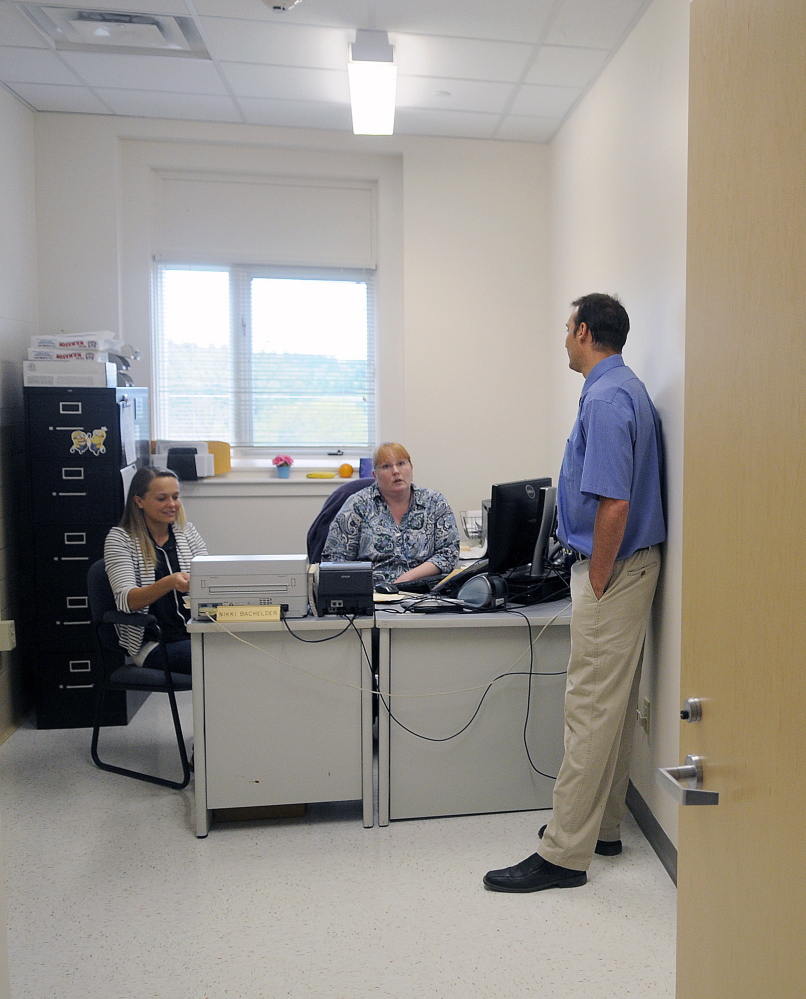
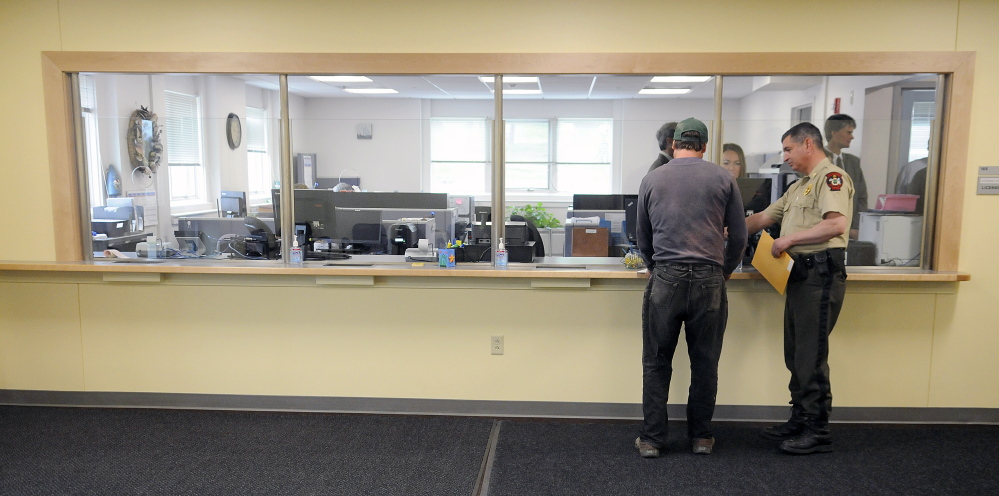
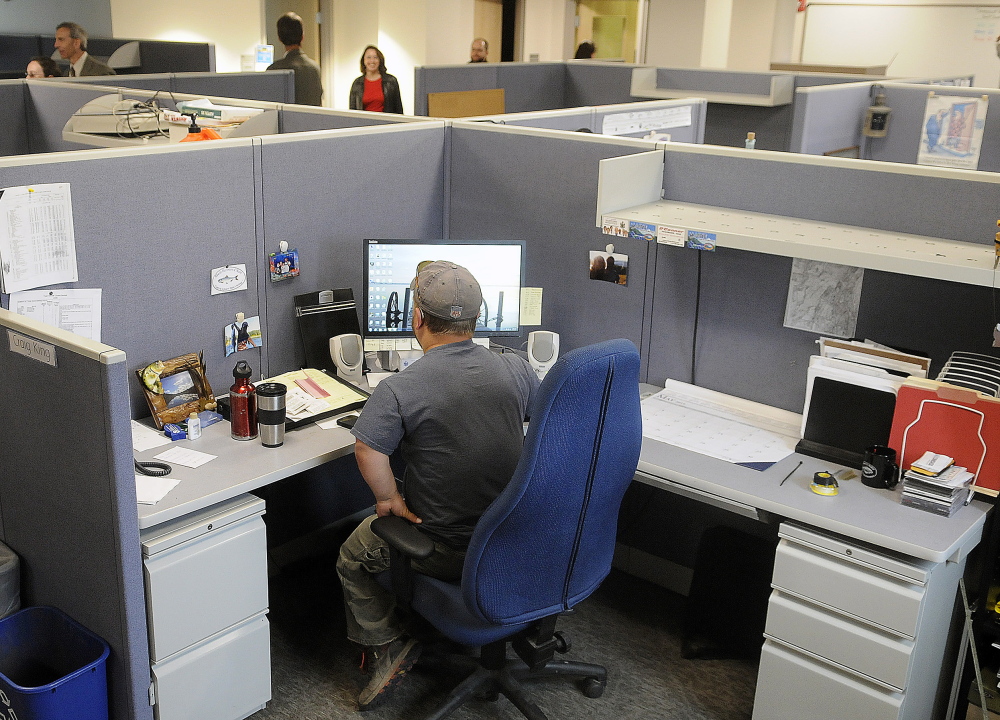
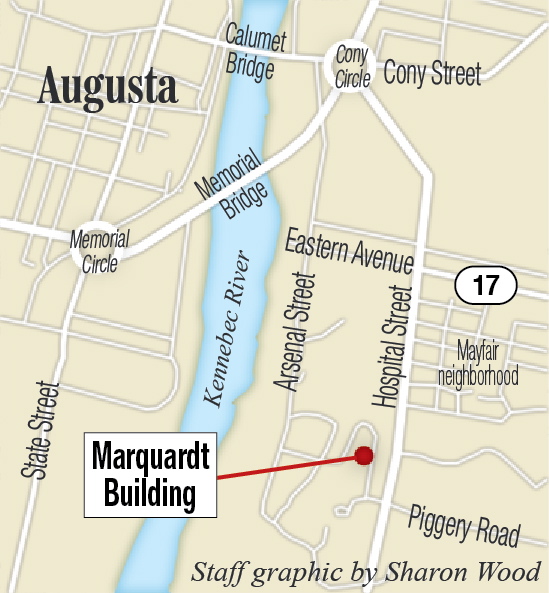

Success. Please wait for the page to reload. If the page does not reload within 5 seconds, please refresh the page.
Enter your email and password to access comments.
Hi, to comment on stories you must . This profile is in addition to your subscription and website login.
Already have a commenting profile? .
Invalid username/password.
Please check your email to confirm and complete your registration.
Only subscribers are eligible to post comments. Please subscribe or login first for digital access. Here’s why.
Use the form below to reset your password. When you've submitted your account email, we will send an email with a reset code.